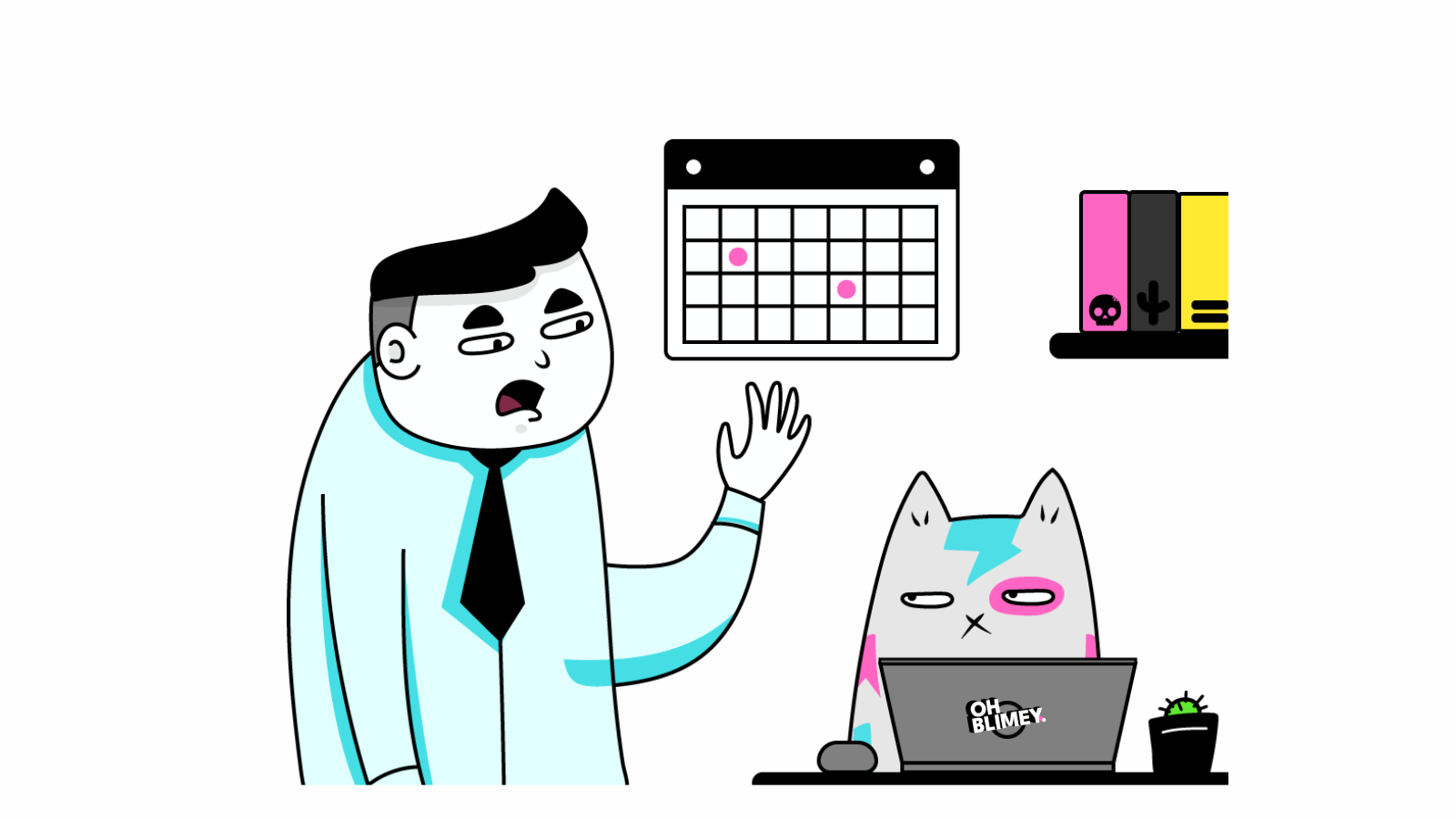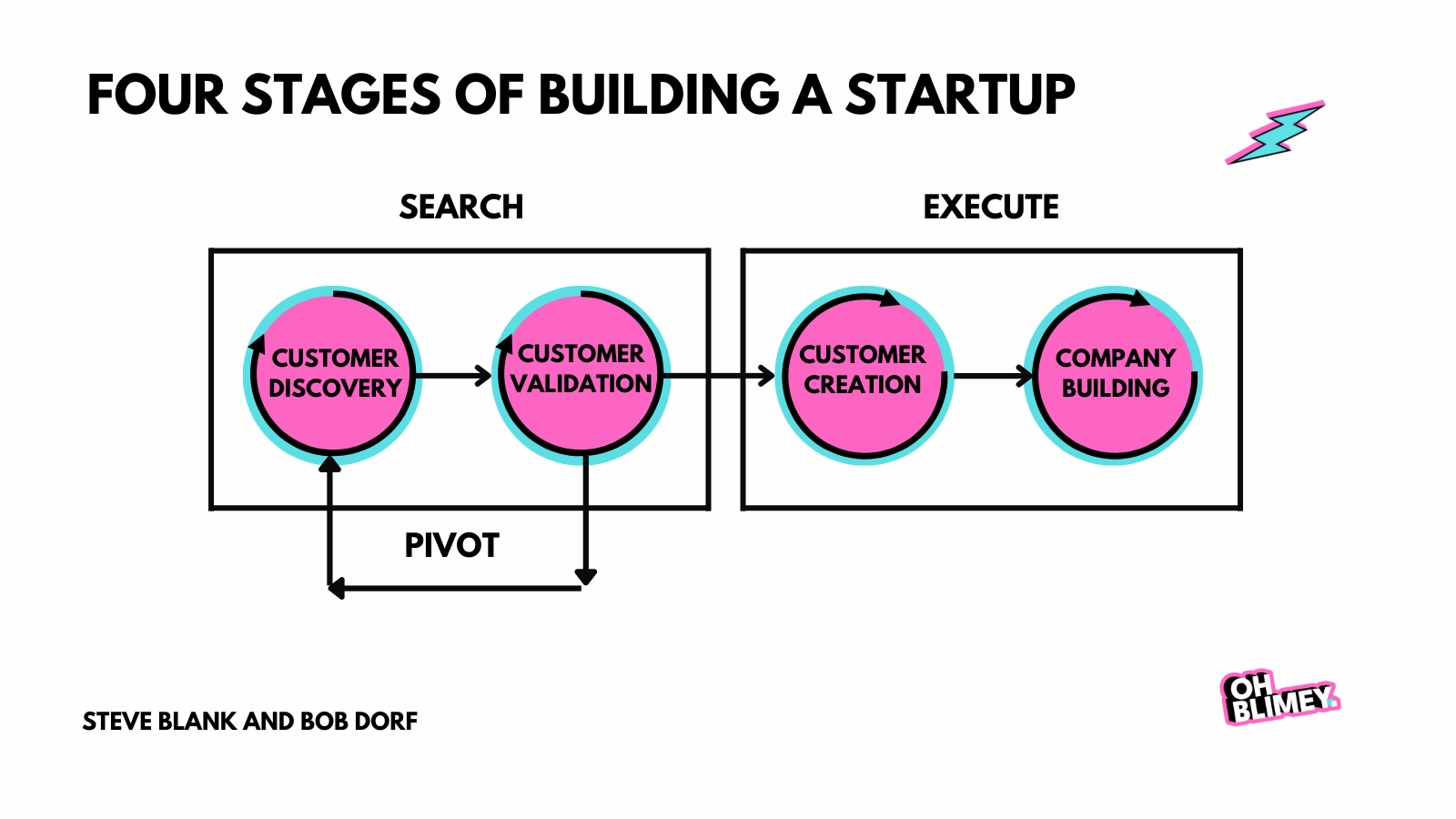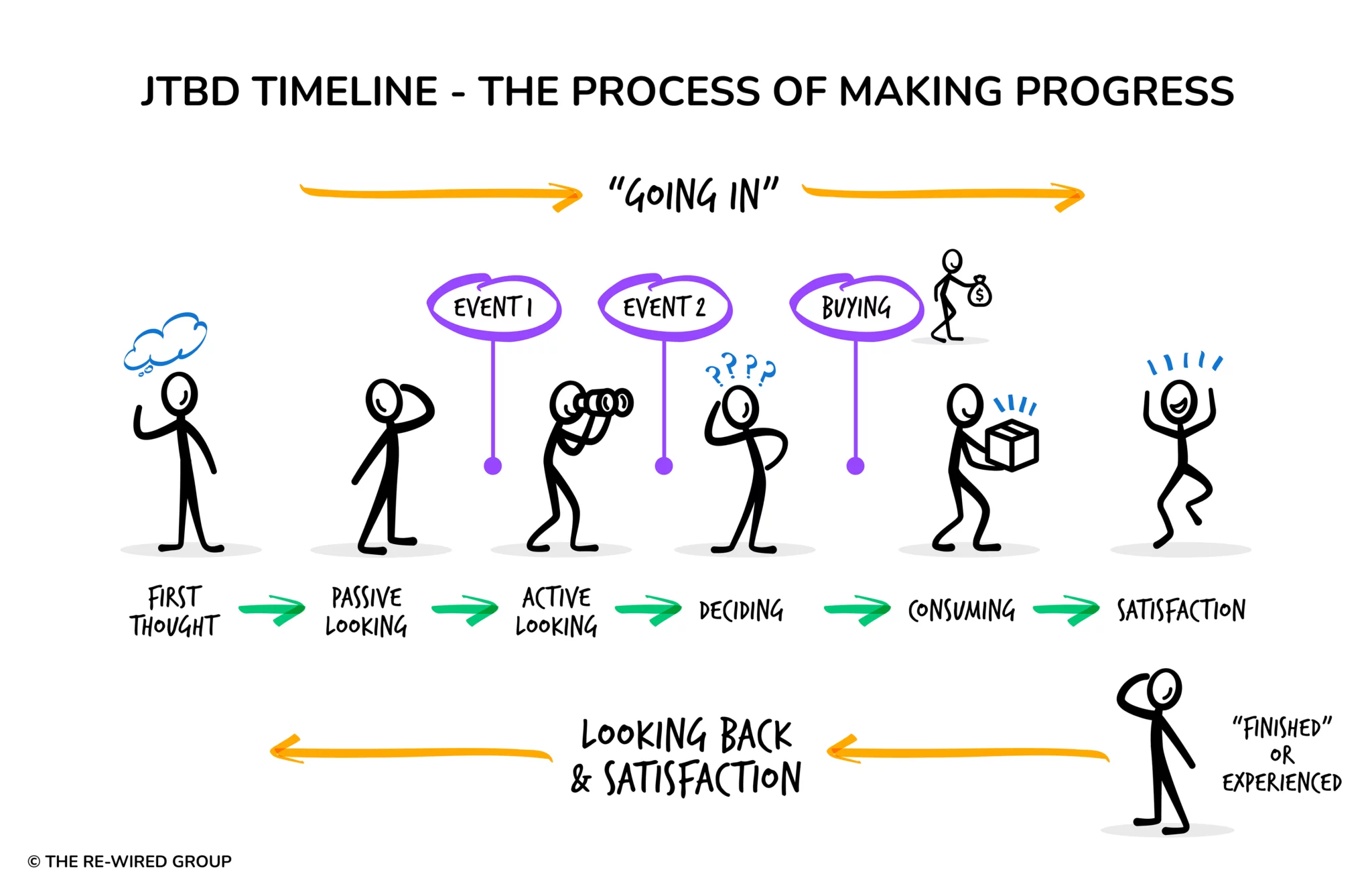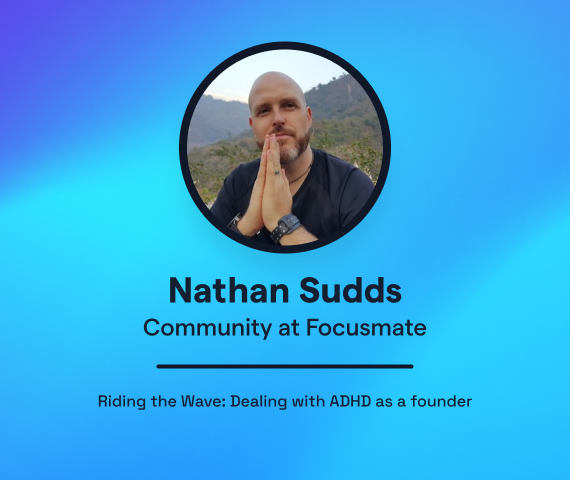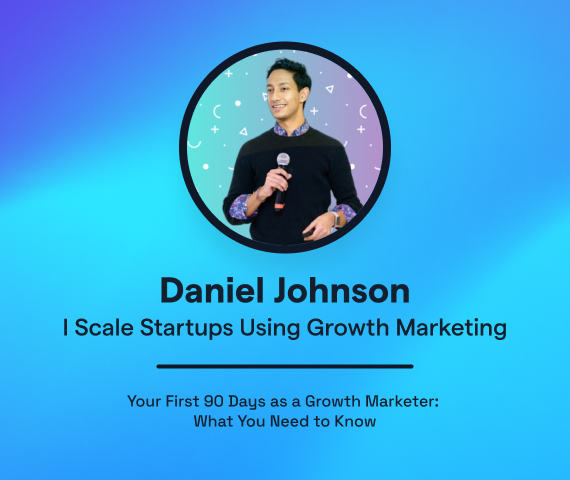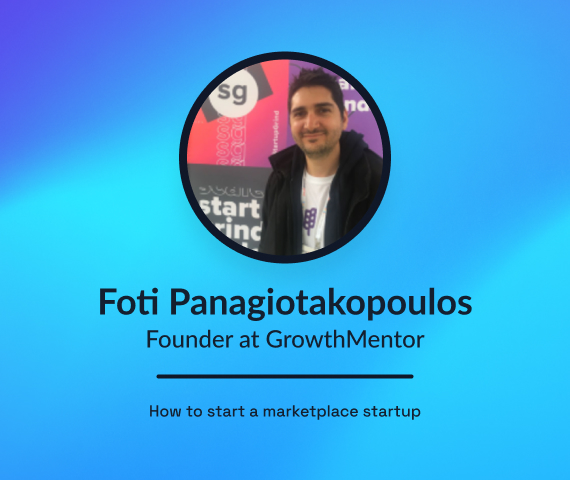How to navigate being the first marketer in an early-stage startup
A few years ago, I joined a startup as its first marketer. I was also employee #1 (That doesn’t mean I was the best, rather, I was the first hired member of staff).
The startup was building a learning platform geared towards making young professionals in the workplace. It had started off as a YouTube channel and, within a short period, had gained enough promise that the founder secured investment to see if there was a real business opportunity.
It was at this point, I bagged the role of Digital Marketing Manager. The opportunity sounded amazing: the chance to shape my own marketing plan, grow a team, and be part of the origin story of a startup. Yes, please!
But, after a few weeks, I started to feel overwhelmed.
I wasn’t doing what I thought I was meant to be doing. I had come in with my plan, and my little spreadsheet. I had big ideas about what lead magnet we should go out with, and which brands we should align ourselves with.
Instead, I got pulled into conversations about development, pitch decks, and answering multiple customer service requests. And, despite my efforts to work hard on the marketing side of things, the results – as I saw it – weren’t there.
I started to believe I wasn’t actually good at this marketing thing.
You can’t just replicate what worked in your previous role.
It turns out this “ick” feeling that arose when I thought of work was me realizing that I had joined the business at a different stage of its growth than what I had thought it was.
Of course, things weren’t really working out. I had come from an established business that had a set of clients and had a go-to-market in place. I knew what I was doing, I would hit every lead gen goal and quarterly KPI.
Yet, all of a sudden, I’m here trying to push a go-to-market strategy and a marketing plan onto a startup that hadn’t even secured its message market fit, let alone its product market fit. I didn’t have the “luxury” of a marketer who had been there to set everything up for me. I was the marketer who had to work it out.
Understand what stage the startup is at to learn what type of marketing you’ll actually be doing
Steve Blank and Bob Dorf in their book, The Startup Manual, suggest that there are four stages a startup goes from an idea to a fully realized business.
These are:
- Customer discovery. This is where you take the founders’ vision and turn it into a series of tests to get facts;
- Customer validation. This is where you run the tests and see if there’s a repeatable process to build the business;
- Customer creation. This is where you start to build end-user demand, and set up sales channels;
- Company building. And this is where you make the move from a scrappy startup to a business that is validated.
When I joined the business, I thought I was joining at the customer creation stage. I assumed that the customer base and how they bought was validated, and I was hired for my ability to market to these types of customers.
In actual fact, I had joined at the customer discovery stage. This involved working with the founder to draw a series of lines in the sand, about the market, the customer, the product and the sales funnel.
All of a sudden, my role focused on customer research, interviews and learning what people were using instead of our product. There are some days when it was really tough. One day you’d learn people don’t really want to switch from their current way of doing things. Then on another day, you’d be showing a prospect a demo and it crashes. But then there are those real lightbulb moments where you unlock which feature you should prioritize developing over another.
Please re-read the paragraph above. You’ll notice that not one part of what I was doing would be present in the job spec for a digital marketing manager.
I had to go back to the start, invest in the research element, and quickly learned “marketing” as I knew it, doesn’t really exist at the customer discovery stage. Your target audience, the market conditions, and even the product that you’re promoting is totally different. Whilst you may *think* you’re marketing to an audience you are familiar with, in reality, creating a new go-to-market strategy is a totally different ball game. I put together a framework for go-to-market strategy for startups to help marketers in this situation.
Stop comparing your product to Uber, Netflix and Spotify.
We’re going to be the Netflix of the careers space!
That’s what we boldly claimed when setting out to grow our startup. But, positioning ourselves towards an established product, with a beautiful UX and UI and thought-out value proposition – meant we were only setting ourselves up for failure.
People would come into the platform, expecting the “unlimited” viewing promise we’d given them, and realize we weren’t a Netflix at all.
This approach to positioning ourselves meant our reporting was all over the place. Unsure about what metrics we needed to use, we would rely on what KPIs Spotify reportedly used. We’d talk about DAUs and MAUs – only to be disappointed we were not achieving exponential growth.
What did help us to navigate this process was running a series of Jobs to be Done (JTBD) interviews with our ideal customer segment. The idea behind JTBD – a product innovation framework created by Clay Christensen and Bob Moesta – is that people hire products or services to make progress in their lives.
We learned the progress people were looking to make by subscribing to our product and were able to develop a go-to-market strategy from here. Of course, it wasn’t as simple as I am making it out, but crucially for me, we learned why someone wanted to buy our product and not how they bought it.
Summary
Someone once told me you have to be a certain type of person to flourish in a startup environment. It’s something I totally agree with. The feeling of uncertainty, and the constant validation work can be unsettling. But then there are those days when you finally find someone who truly gets what you are offering and is willing to hand over their cash.
I never did hold the digital marketing manager position. But I did move into a Marketing and Product Director position as a result of this groundwork and securing new clients based in the UK and USA. The startup was acquired on July 22, following support from 10 million learners and a partnership with LinkedIn Learning.
Throughout this process, it was the support from mentors and coaches that helped to guide me, preserve my sanity, and help me to adapt. Now I am lucky enough to be in a position to offer mentoring through awesome platforms, such as GrowthMentor. I don’t pretend to know it all, but if I can help build the confidence of fellow marketers in a similar situation – then it’s all been worth it.

